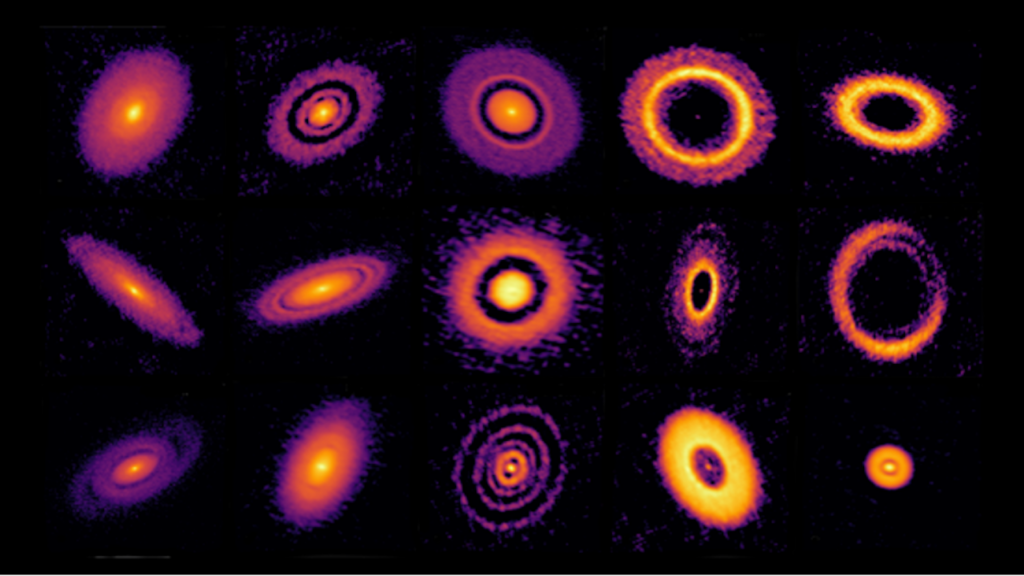Photobombing Earth 2.0: Diffraction Limit Related Contamination and Uncertainty in Habitable Planet Spectra

Observing habitable exoplanets that may resemble Earth is a key priority in astronomy that is dependent on not only detecting such worlds, but also ascertaining that apparent signatures of habitability are not due to other sources.
Space telescopes designed to observe such worlds, such as that recommended by NASA’s 2020 Astrophysics Decadal Survey, have a diffraction-limited resolution that effectively spreads light from a source in a region around the source point. In this letter, we show that the diffraction limit of a 6 meter space telescope results in a point spread function of an Earth-like planet that may contain additional unanticipated bodies for systems at distances relevant to proposed searches.
These unexpected additional objects, such as other planets and moons, can influence obtained spectra for a putative habitable planet by producing spurious features and adding additional uncertainty in the spectra. A model of the Earth observed by a 6 meter space telescope as though it was an exoplanet shows that the light from the Earth would be blended with the Moon, Mercury, Venus and Mars in various combinations and at different times for numerous combinations of distance to the system and wavelength.
Given the importance of extricating the true spectra of a potentially habitable planet in order to search for biosignatures, we highlight the need to account for this effect during the development of relevant telescopes and suggest some potential means of accounting for this photobombing effect.
Prabal Saxena
Comments: ApJL, this https URL
Subjects: Earth and Planetary Astrophysics (astro-ph.EP); Instrumentation and Methods for Astrophysics (astro-ph.IM)
Cite as: arXiv:2208.06443 [astro-ph.EP] (or arXiv:2208.06443v1 [astro-ph.EP] for this version)
Journal reference: ApJL 934 L32 (2022)
Related DOI:
https://doi.org/10.3847/2041-8213/ac7b93
Focus to learn more
Submission history
From: Prabal Saxena
[v1] Fri, 12 Aug 2022 18:09:20 UTC (7,486 KB)
Full paper https://arxiv.org/abs/2208.06443
Astrobiology,




![Measuring Interstellar Carbon Abundance via 158 um [CII] Absorption with SOFIA](https://astrobiology.com/wp-content/uploads/2025/05/Measuring-Interstellar-Carbon-Abundance-1024x575.png)



